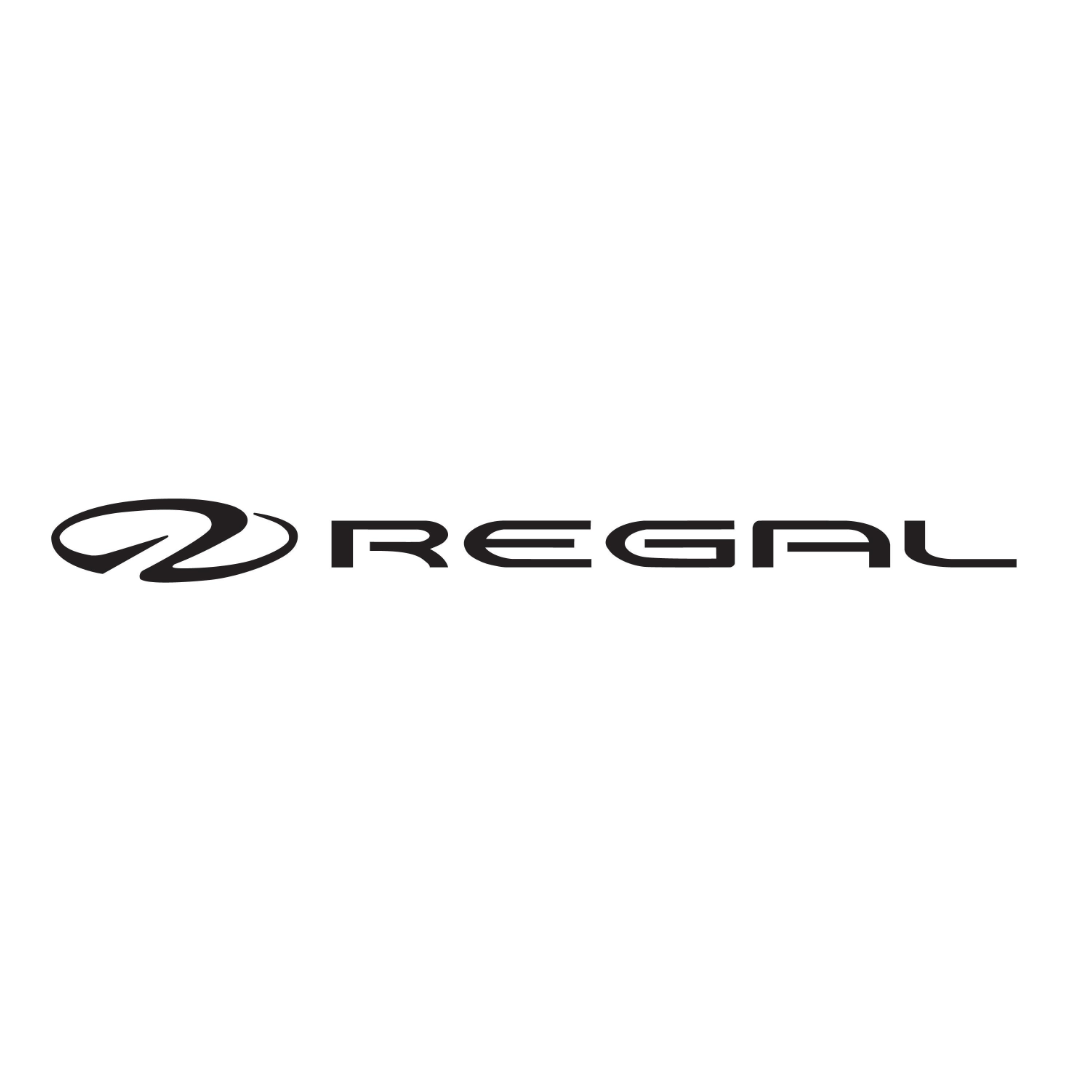Owning a boat offers unmatched thrills and freedom on the water. However, safety must come first. Whether you’re new to boating or an experienced rider, following essential safety tips protects you and others. Let’s dive into the must-know guidelines for responsible riding.
Always Wear a Life Jacket
This rule is non-negotiable. Every rider and passenger must wear a life jacket. Choose one that fits snugly and allows free movement. Life jackets save lives in unexpected situations like collisions or falls.
Complete Your Skippers License
Many personal watercraft accidents happen due to inexperience. A certified boating safety course teaches the rules of the water. You’ll learn navigation, right-of-way laws, and emergency procedures.
Know Your Watercraft
Before launching, familiarise yourself with the boat. Read the owner’s manual. Understand how to start, steer, and stop safely. Know where the safety lanyard attaches. Practice in calm waters before attempting advanced maneuvers or high speeds.
Use the Engine Cut-Off Lanyard
Also called a kill switch, the lanyard shuts off the engine if you fall off. Clip it to your wrist or life jacket. Without it, the PWC can keep going and become a danger to others.
Avoid Alcohol Before and During Riding
Never drink and ride. Alcohol impairs reaction time, judgment, and coordination. It also increases the risk of dehydration and fatigue. Stay sharp and sober to keep your ride safe and legal.
Keep a Safe Distance
Maintain at least 50 meters from other boats, swimmers, and the shoreline. This space helps avoid wake damage and dangerous collisions. Personal watercraft are fast and agile, but they still need room to stop.
Watch the Weather
Always check the forecast before heading out. Sudden storms or high winds can turn fun into danger. Lightning and rough waves are major hazards. If the weather looks uncertain, wait it out.
Never Ride Alone
A buddy system adds a layer of safety. In case of an emergency, having another person nearby makes a huge difference. If you must ride solo, let someone on shore know your plan and estimated return time.
Stay Visible
Use bright gear, especially in busy areas. Equip your PWC with mirrors and a whistle or horn. Signal your intentions clearly and avoid blind spots. Visibility prevents accidents, especially at high speeds.
Follow Local Regulations
Every location has different laws for personal watercraft use. Learn about speed limits, age restrictions, and no-wake zones. Respect protected wildlife areas and maintain noise levels where required.
Final Thoughts
Owning a personal watercraft is about freedom, excitement, and adventure. But safety should always be your top priority. By following these personal watercraft safety tips, you’ll ensure a fun, worry-free ride every time.
At Waterworld, we’re passionate about responsible riding. Whether you’re shopping for your next boat or PWC or upgrading your safety gear, our experts are here to help.








